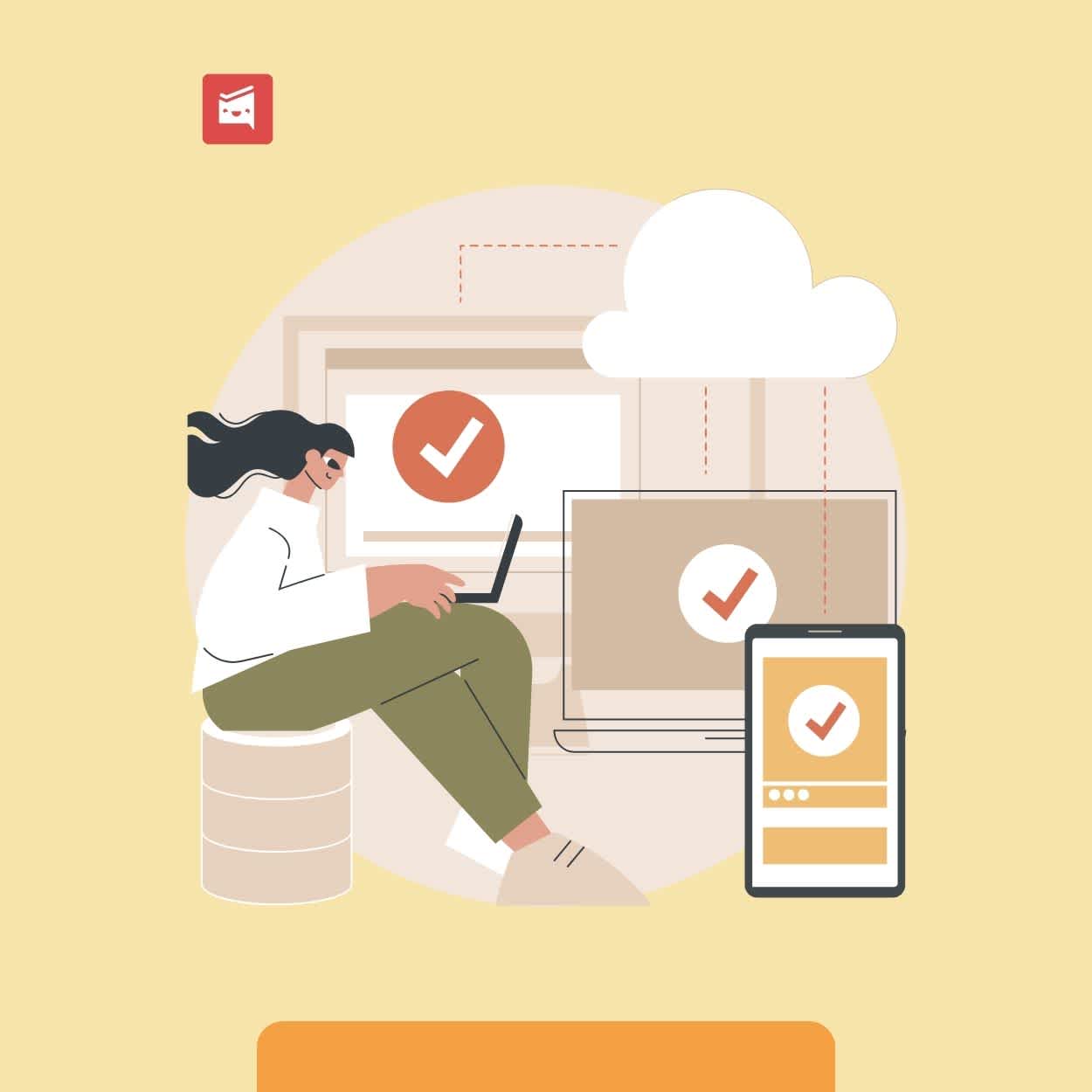Workast: Crafting Exceptional SaaS Design
ByJulian Gette
Workast publisher

Workast publisher
Within the fiercely competitive realm of Software as a Service (SaaS), the design emerges as a crucial factor in defining the success of a product. Workast, a popular task management tool designed to streamline workflows within teams, stands out as a prime example of how thoughtful design can enhance user experience and engagement. This article delves into the design ethos of Workast and outlines strategies for creating appealing SaaS designs, drawing inspiration from Workast's approach.
While there are numerous players in the field, not all agencies possess the unique blend of creativity and technical prowess required to craft truly compelling SaaS designs. This is where Fivecube, a distinguished digital design agency, sets itself apart. With a proven track record of delivering innovative and user-centric design solutions, Fivecube has established itself as a leader in creating designs that are not only visually stunning but also highly functional, ensuring a seamless and engaging user experience for SaaS platforms.
Workast's design philosophy centers on simplicity, intuitiveness, and efficiency. The platform is crafted to seamlessly integrate with Slack, allowing teams to manage tasks directly from their conversations, which exemplifies their commitment to integrating design with user needs. Here are key elements that contribute to Workast's exceptional SaaS design:
User-Centric Interface: Workast boasts a clean and intuitive interface that minimizes learning curves and enables users to start managing tasks immediately. Concentrating on user experience is essential for any SaaS product aiming to attract and keep users.
Consistency Across Platforms: With many users switching between devices, Workast maintains a consistent design language across web and mobile platforms, ensuring a seamless user experience.
Visual Hierarchy and Clarity: By using contrasting colors, clear typography, and strategic spacing, Workast creates a visual hierarchy that guides users through their tasks and priorities effortlessly.
Further enhancing its design philosophy, Workast also prioritizes adaptability and scalability in its design approach. This ensures that as teams grow and their needs evolve, Workast's interface and functionalities can easily adapt without compromising the user experience. This adaptability is a testament to Workast's foresight in design thinking, ensuring that the platform remains relevant and efficient for teams of all sizes and across various industries. By anticipating user needs and incorporating flexible design elements, Workast sets a benchmark for future-proof SaaS design. In this context, digital design agencies like Smack Happy Design can take inspiration from Workast, aiming to create products that endure and thrive in a dynamic market environment, reflecting a deep understanding of the evolving digital landscape.
Drawing inspiration from Workast, here are strategies to create visually appealing and functional SaaS designs:
Start with User Research: Understanding your target audience's needs, pain points, and behaviors is the first step in creating a design that resonates with them. User personas and journey maps can serve as indispensable instruments in this endeavor.
Emphasize Intuitiveness: The design should be intuitive enough that new users can navigate the platform without extensive tutorials. This can be achieved through familiar UI patterns, clear labeling, and a logical flow of features.
Simplify the Interface: Cluttered interfaces can overwhelm users, leading to a poor user experience. Simplify the interface by focusing on core functionalities and using whitespace effectively to draw attention to important elements.
Maintain Uniformity: Uniformity in design elements like color schemes, typography, and button styles fosters a seamless user experience, cultivating trust and recognition.
Embed Feedback Mechanisms: Introducing user feedback channels into the design process guarantees that the product adapts to real user demands and preferences. Consistently refining the design with this input facilitates ongoing enhancement.
Prioritize Accessibility: Crafting designs with accessibility in mind broadens the product's usability across a diverse audience, encompassing individuals with disabilities. Essential considerations include color contrast ratios, keyboard navigation, and compatibility with screen readers.
Utilize Analytics for Informed Design Choices: Employ analytics to gain insights into user interactions with your product. Tools such as heatmaps, recordings of user sessions, and usage data can reveal effective elements and areas needing enhancements.
Workast's success underscores the importance of good design in the SaaS industry. By focusing on a user-centric approach, maintaining simplicity, and continuously iterating based on user feedback, digital design agencies and SaaS companies can create products that not only meet the functional requirements of their users but also provide a delightful and engaging user experience. Drawing inspiration from Workast's design principles, SaaS designers can elevate their products, setting them apart in a crowded marketplace.
